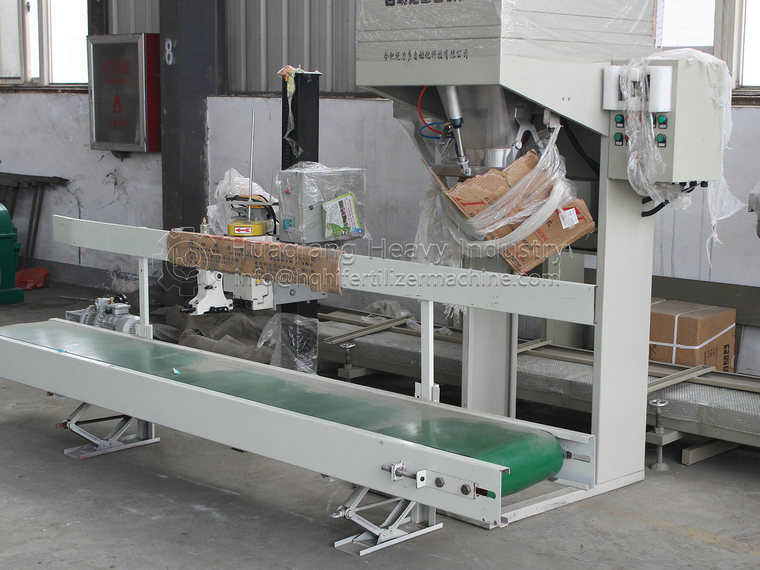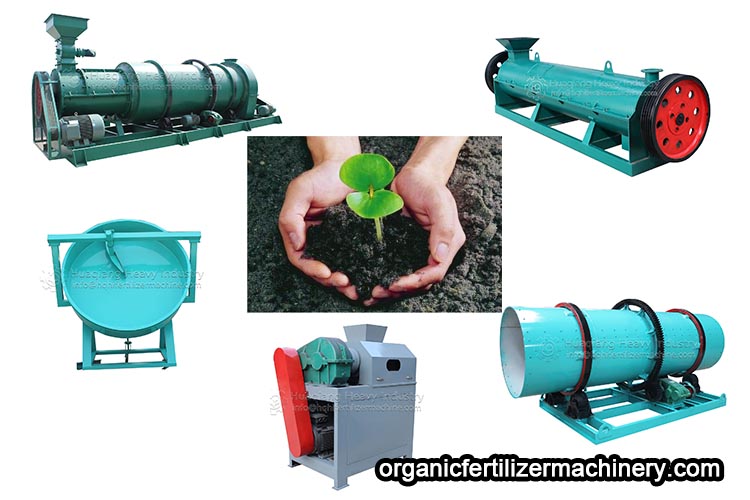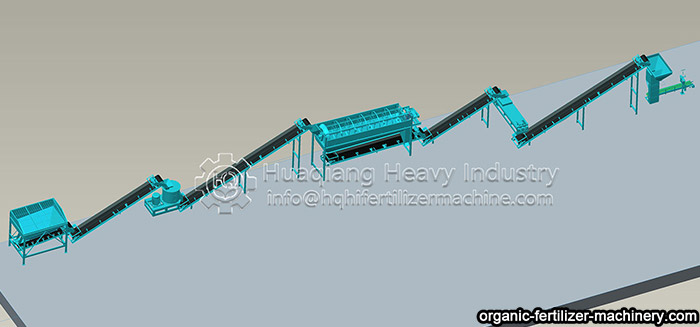Pig manure organic fertilizer not only adds a lot of organic binders, but also decomposes many organic matter into organic binders with the help of microorganisms, which greatly increases the adsorption surface of the soil, produces many binders, and binds soil particles into organic binders. The stable particle structure improves the water retention of the soil. The ability to maintain fertilizer and breathability, regulate soil temperature.
The pig manure processing organic fertilizer granule production line is mainly composed of eight parts: quantitative conveying, crushing, screening, double roller granulator, drying, cooling, finished product screening and packaging. The configuration of the small pig manure organic fertilizer equipment only needs a pulverizer, a mixer, a pair of rotary drum granulator, a screening machine and a packaging machine to complete the production.
.jpg)
The production benefits of pig manure organic fertilizer include ecological and social benefits. The cost (complete cost) of organic fertilizer per ton is about 250-400 yuan, and the average ex-factory price is 700-1200 yuan / ton. According to the average price of the organic fertilizer industry and Profit calculation. The project has strong post-production profitability.
Ecological benefits: The organic fertilizers produced are rich in organic matter and plant active ingredients. Active ingredients can improve the biological, physical and chemical properties of the soil, reasonably improve and enhance the use rate of chemical fertilizers, improve the disease resistance of crops, and reduce pesticides. .The application amount of chemical fertilizer is beneficial to improve the groundwater pollution of crops caused by excessive application of chemical fertilizer, and the quality declines. It is good for the sustainable development trend and ecological benefits of environmental protection and agriculture.
Social benefits: The production and construction of organic fertilizers is conducive to improving soil, improving soil fertility and utilization of nutrient resources; making full use of the local rich agricultural and animal husbandry organic waste resources to promote local economic development; using products can reduce farmers’ production costs. Increase crop production, increase farmers’ income, promote the industrialization of fertilizer production, and promote the development of related industries.

.jpg)


.jpg)
.jpg)

.jpg)
